If you are invested in buying a philodendron, then you must be wondering the environmental conditions they thrive in. Since they are variegated, it is important to maintain the proper conditions for them to thrive in to avoid them reverting.
Humidity is one of those conditions that come into play to keep a variegated plant-like philodendron happy.
Do philodendrons like humidity?
Philodendrons can endure a range of humidity levels. However, they tend to like humidity and thrive in areas that have a higher humidity range. If you live in a dry climate, then you will have to improve the humidity in the area surrounding your plants for the plant to be performing at its peak.
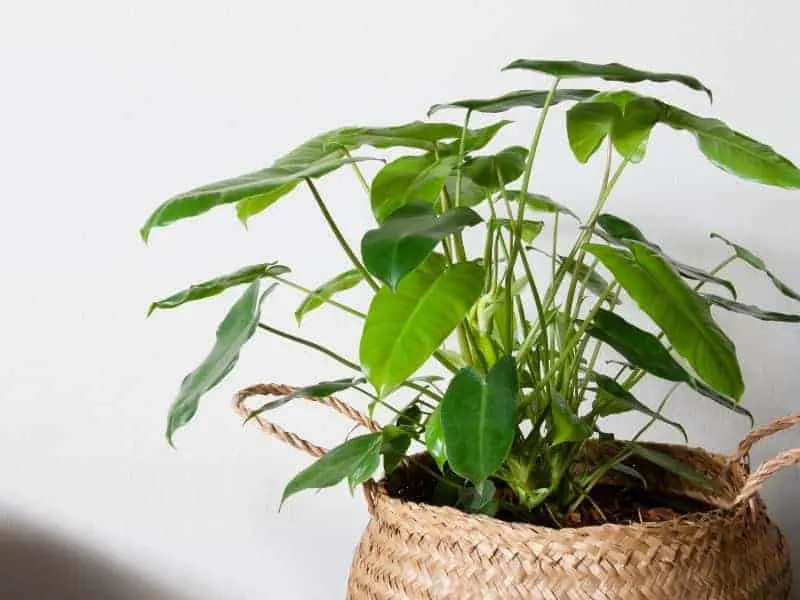
Most philodendrons are able to tolerate a wide range of moisture levels which makes them ideal for being house plants. However, if you can imitate their natural growing conditions, then your plant will be able to have a lush growth.
It is not that difficult to increase or decrease the humidity levels that you surround your plant with. If your plant is performing at its peak then it will be able to grow beautiful flowers and have shiny foliage.
This in turn will not risk them producing chlorophyll as a defense mechanism, if they are thriving in the right conditions. It will prevent the growth of green leaves and thus there will be far fewer chances of your plant reverting.
Do philodendrons need humidity?
Philodendrons to a certain extent need humidity. Under the right humidity conditions, they absorb nutrients through their roots and pass out the extra moisture through tiny holes in their leaves.
Too little or too much humidity can interrupt this process and in turn start affecting the plant’s general health.
If the humidity levels are too low your plant will be stressed and brown spots and yellow margins might start forming on its leaves. This is because the plant is not getting enough nutrients which might also cause the leaves to shrivel up.
Do philodendrons like to dry out?
For philodendrons, you must avoid excess watering to keep the plant in check. It is important that you let the plant dry out between each watering session. But drying out totally is not something philodendrons like.
The moisture around your air is achieved by the moisture derived from the soil that the philodendrons give out during transpiration. You must allow the soil to dry out between each watering to avoid excess water pooling in the roots.
You can do so by inserting your knuckle inside the soil to check the moisture level. Droopy leaves indicate that the plant is either getting too much or too little water.
What should the humidity be in a philodendron?
The ideal for most philodendrons is a high level of humidity for them to thrive in. You can aim between 65 to 80 percent humidity range for maximum growth and production of flowers.
Most homes tend to have 40 to 60 which are tolerated by the plants as they can survive in low humidity conditions too.
Do these Philodendron species like humidity?
In general, most philodendrons are fond of humidity and will produce the best results when surrounded by the proper level of humidity. However, they can also tolerate low levels of humidity as well but it is best to mimic their natural growing conditions.
Philodendron Micans:

Philodendrons Micans originate from the Caribbean and Mexico thus they like the humidity. They can tolerate lower levels of humidity and will still survive basic household humidity but it is best to provide a higher level of humidity.
This will encourage your plant to grow healthier and bigger foliage. However, you must mist your plant during the dry months to prevent the browning of leaves and curling.
Philodendron Brasil:
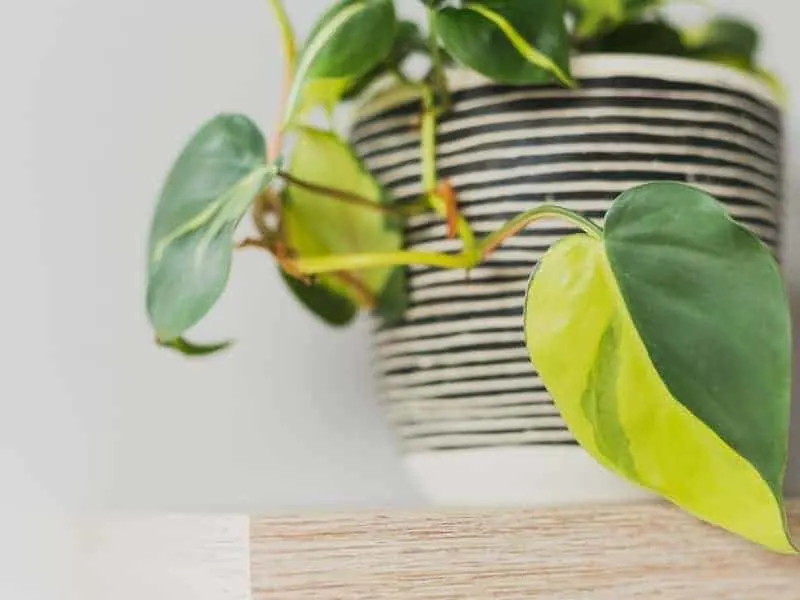
Brasil is very easy to take care of as they are tolerant of a wide range of humidity. They are very low maintenance and can tolerate dry indoor air.
However, they do tend to grow faster and healthier with some moisture in the air so occasional misting is a must, especially during winter to prevent browning.
Philodendron Birkins:
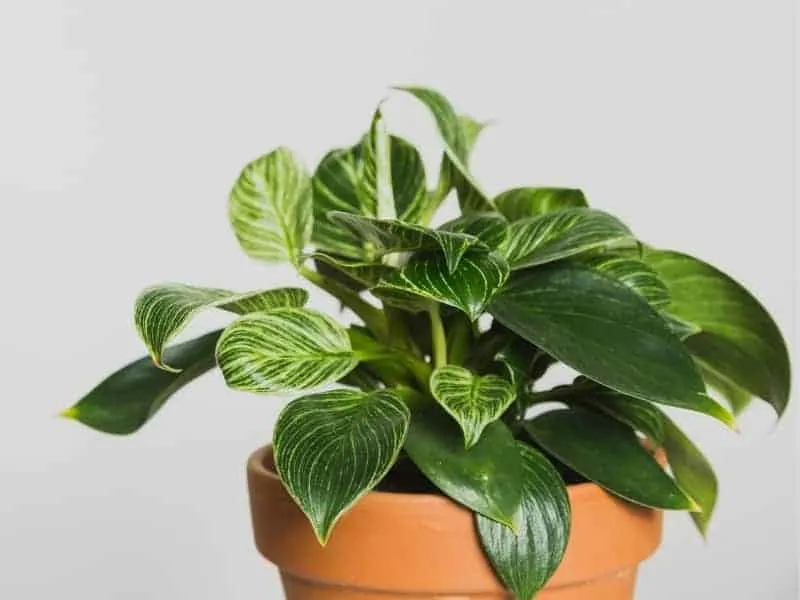
Birkins prefer average to high humidity levels. They do okay in light humidity, but for your plant to be healthy you need to increase the humidity levels.
Philodendron Pink Princess:
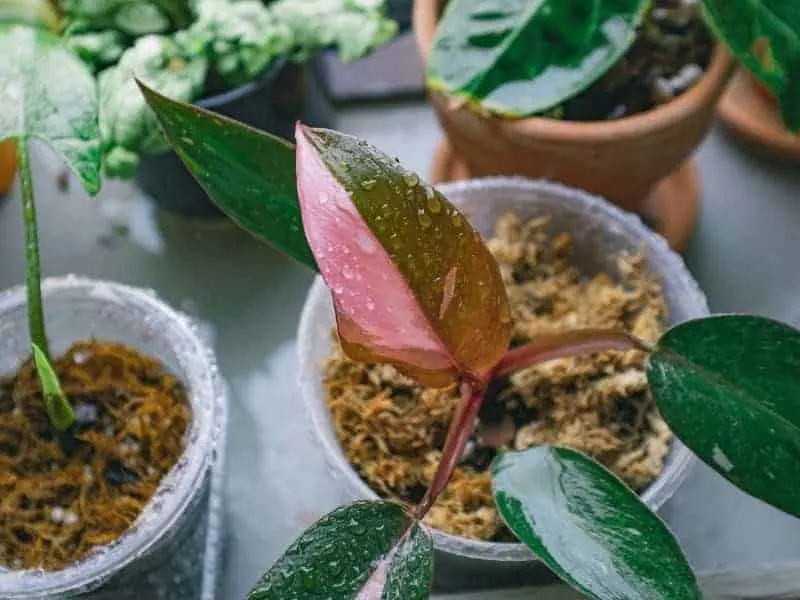
Pink princess usually tends to gravitate towards higher humidity levels to do good, Usually, the humidity levels in average households are too dry for them.
You need to find ways to increase the humidity for your plant to do well. If you can provide at least 50 percent humidity level around your plant then it will thrive.
Golden Goddess Philodendron:
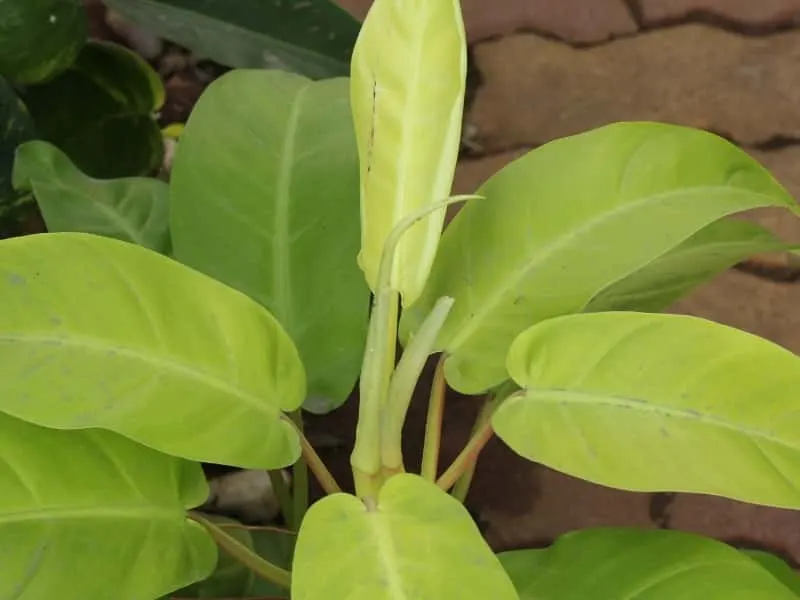
These plants prefer above-average humidity, but they can also adjust in average indoor humidity ranges. They can survive in 25 to 49 percent humidity levels.
However, during colder months you will have to increase the humidity levels for your plant to do well.
Lemon Line philodendron:
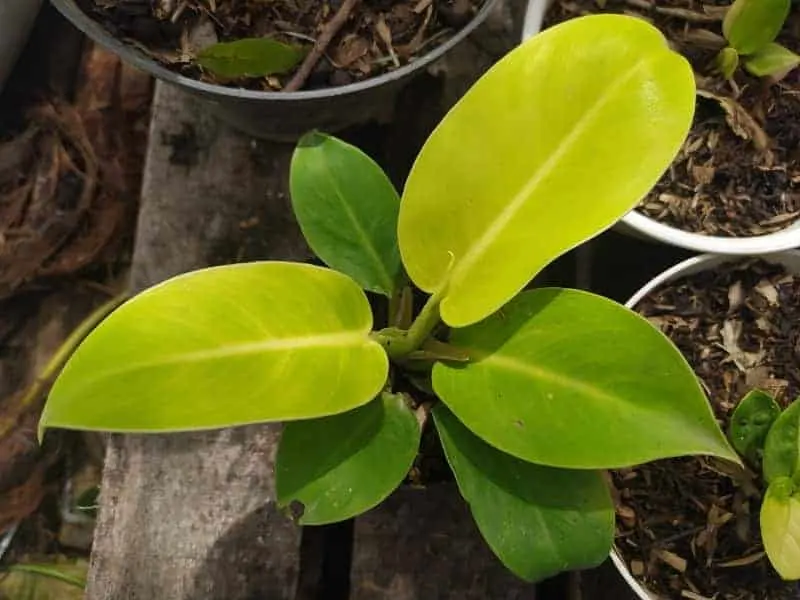
These plants are quite lenient when it comes to humidity. It can survive well in dry conditions and is very suitable to the standard household humidity.
Though, an increased humidity will have an increase in general growth.
Split Leaf Philodendron:
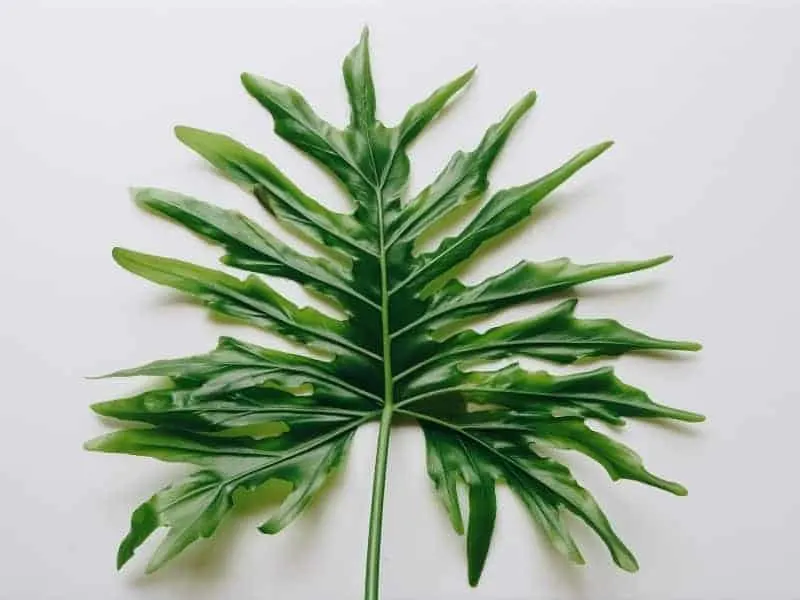
They prefer high humidity and particularly thrive well in humidity levels of 40 percent and above.
However, they are quite low maintenance and are also tolerant of the humidity levels most homes have.
Philodendron Gloriosum:
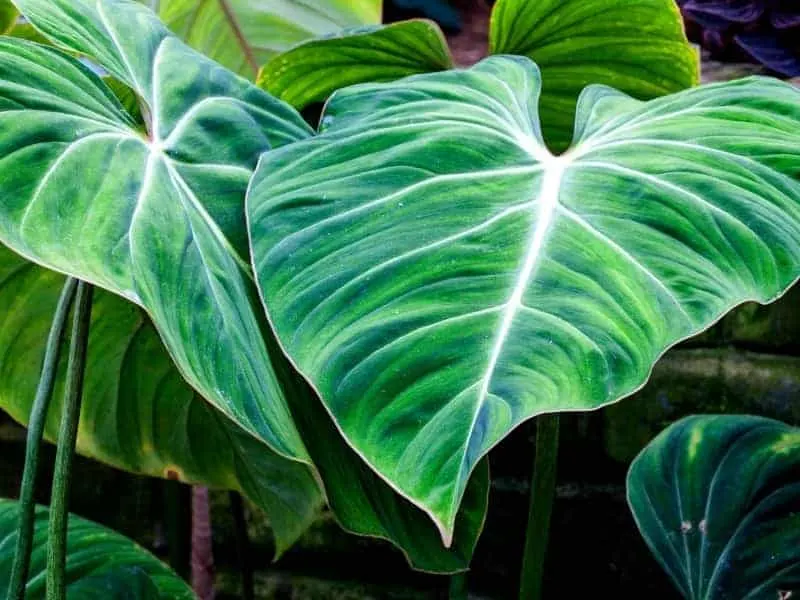
These plants are quite high maintenance and do not tolerate humidity levels below 40 percent. For them to thrive, 60 to 80 percent humidity levels are ideal and they can sometimes take around 40 to 50 percent as well.
However, it is not fully ideal and any below that can harm your plant.
How to tell if philodendrons need more humidity?
The biggest indicator that your philodendrons need more humidity is their leaves turning brown. Browning of the tips of the leaves is a big sign that the humidity around your plant is not enough.
Some other signs may also include yellow leaf margins or if the leaves start to wilt. If your plant’s leaves are growing smaller than usual then that might also be a sign of low humidity levels.
How to increase humidity around Philodendron plants?
If you are noticing any signs of distress in your plants caused by lack of humidity then it is very important that you measure the humidity levels surrounding your plants and take steps accordingly. There are a handful of ways you can increase the humidity surrounding your plants.
Pebble Trays:
A very cheap and easy way to increase humidity levels is by filling a plant tray with pebbles and cover it with water. Place this under the pot of your plant and as the water evaporates, the humidity in the surrounding air will increase.
Humidifier:
You can use this device to easily increase the humidity in the air. You can even adjust the level of humidity according to your plant’s needs and it is great for the long run as it does not require a lot of effort.
Grow multiple plants together:
You can have a mini indoor greenhouse and grow multiple plants together. Because plants lose water by evaporating, it will naturally raise the humidity levels and the small environment is ideal for producing favorable conditions.
Misting:
This is one common and easy method used by many plant owners. Spray a light layer of water on your plant’s leaves and the moisture will increase the humidity levels.
However, do keep in mind that it increases humidity briefly and thus you will have to do it frequently.
Use a Terrarium:
If nothing else is working then you might have to resort to using this big glass case. It has a door from where you can put your plant in and it creates a semi-sealed environment with all the right conditions for tropical plants.
Does misting plants help with humidity?
Misting does help with increasing humidity. The water that settles on top of the leaves evaporates and raises the humidity levels. However, this is only for a brief moment until the humidity reaches its original level again.
If your plant constantly needs to be in an environment of high humidity, then it might not be ideal for you as you will continuously have to mist your plants. There is a chance of the wet leaves being exposed to having molded or rot due to excess misting as well.
Do philodendrons like moist soil?
Philodendrons like soil that has moisture but is not soggy. The soil should also have good drainage, meaning it should be able to both hold and release water. You must water your plant when the top inch of the soil is dry.
You can check the moisture level by inserting your knuckle in the soil and watering accordingly.
Most philodendrons are house plants and fairly easy to take care of since they are tolerant to a wide range of conditions.
You just have to remember that they are tropical plants and replicating their natural conditions will give you the best results. It will grow faster, have lusher leaves and produce beautiful flowers while being resistant to diseases.
Frequently Asked Questions:
Do Philodendrons Like to Be Misted?
Does Philodendron Clean and Purify the Air?
How Do You Revive a Drying Philodendron?
How Fast Do Philodendrons Grow?
